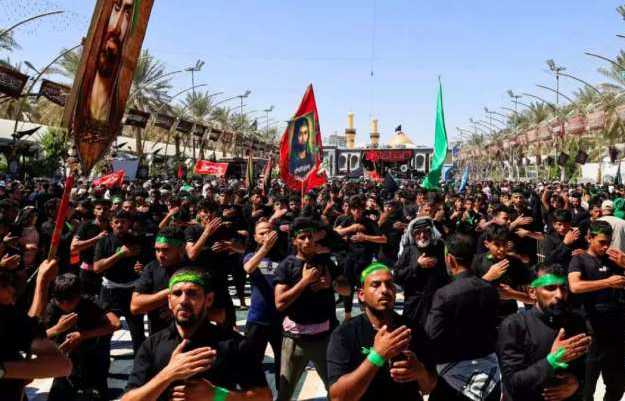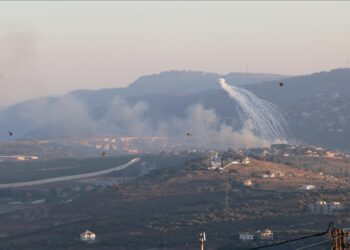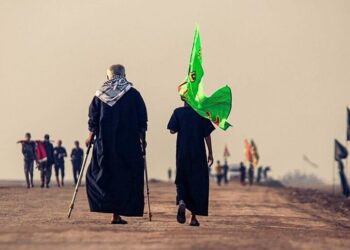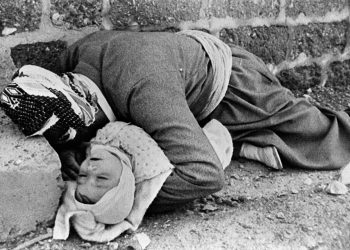Human Lives Human Rights : In the midst of the Baathist regime’s brutal suppression of Shia Muslims, the annual pilgrimage to Karbala’s tomb of Imam Hussein became a symbol of resistance and defiance.
Bloody Arbaeen from 1969 to 1977
From the distant past in Iraq, the day of Arbaeen has been a time of great pilgrimage to the tomb of Hussein, and today, millions of mourners make their way to pay their respects. As they gather, they are overcome with a deep sense of sorrow, evident in their bare heads and feet, black clothing, and covered faces. They offer their condolences to the Prophet of Islam for the death of his beloved son, Imam Hussain (a.s.), and the black flags that fly before each group serve as a poignant reminder of their grief.
Some groups of mourners have a unique tradition. In advance, they reenact the tragic events of Karbala, with actors portraying both the martyrs and the armies of the oppressive enemy. Among these actors are women, who are dressed as captives returning from Syria to Medina, and they make their way through Karbala on the day of Arbaeen. The emotional scenes have a profound impact on those who witness them, and many people are moved to beat their heads and chests in sorrow.
According to Dr. Ali Alvardi, an interesting phenomenon is observed in the Diyala region, where Shiites and Sunnis coexist peacefully. In fact, it is not uncommon to see Sunni neighborhoods participating in mourning rituals and Hosseini gatherings, with some even organizing their own groups. This phenomenon can be observed in cities like Nasiriyah.
Under the Baathist regime, led by Ahmad Hassan al-Bakr, the persecution of the majority of the Iraqi population, namely Shia Muslims, intensified from the outset. One of the most egregious actions of the Baathists was the brutal suppression of Shia mourning ceremonies. The regime repeatedly prevented or attacked mourning convoys, which often consisted of religious scholars and thousands of pilgrims who would make their way to Karbala on foot, particularly from Najaf.
A particularly gruesome example of this repression occurred in 1977, when a group of pilgrims who had planned to use their journey as a form of protest against the Iraqi government’s tyranny were brutally shot at by government forces along the way. This incident was unprecedented, as it was not the first time that the regime had violently suppressed these mourning ceremonies. In 1969, 1976, and 1977, the Baathist government repeatedly clashed with pilgrims who were making their way to Karbala.
The massive movement of foot convoys, accompanied by slogans and speeches, was a powerful form of opposition to the Baathist regime. Thousands of people had set out on the journey, shouting slogans such as “I swear to God, we will never forget Hussein.” The government forces had various plans to prevent the pilgrims from reaching Karbala, and violent clashes ensued, resulting in the martyrdom of some mourners.
When the pilgrims finally reached Karbala, even more serious incidents occurred, and some mourners were martyred while others were arrested. The Arbaeen movement of that year became a pivotal moment in history, serving as a source of inspiration and enthusiasm for future years. This incident in 1977 will forever be remembered as a testament to the bravery and resilience of the Shia people in the face of oppression.
















